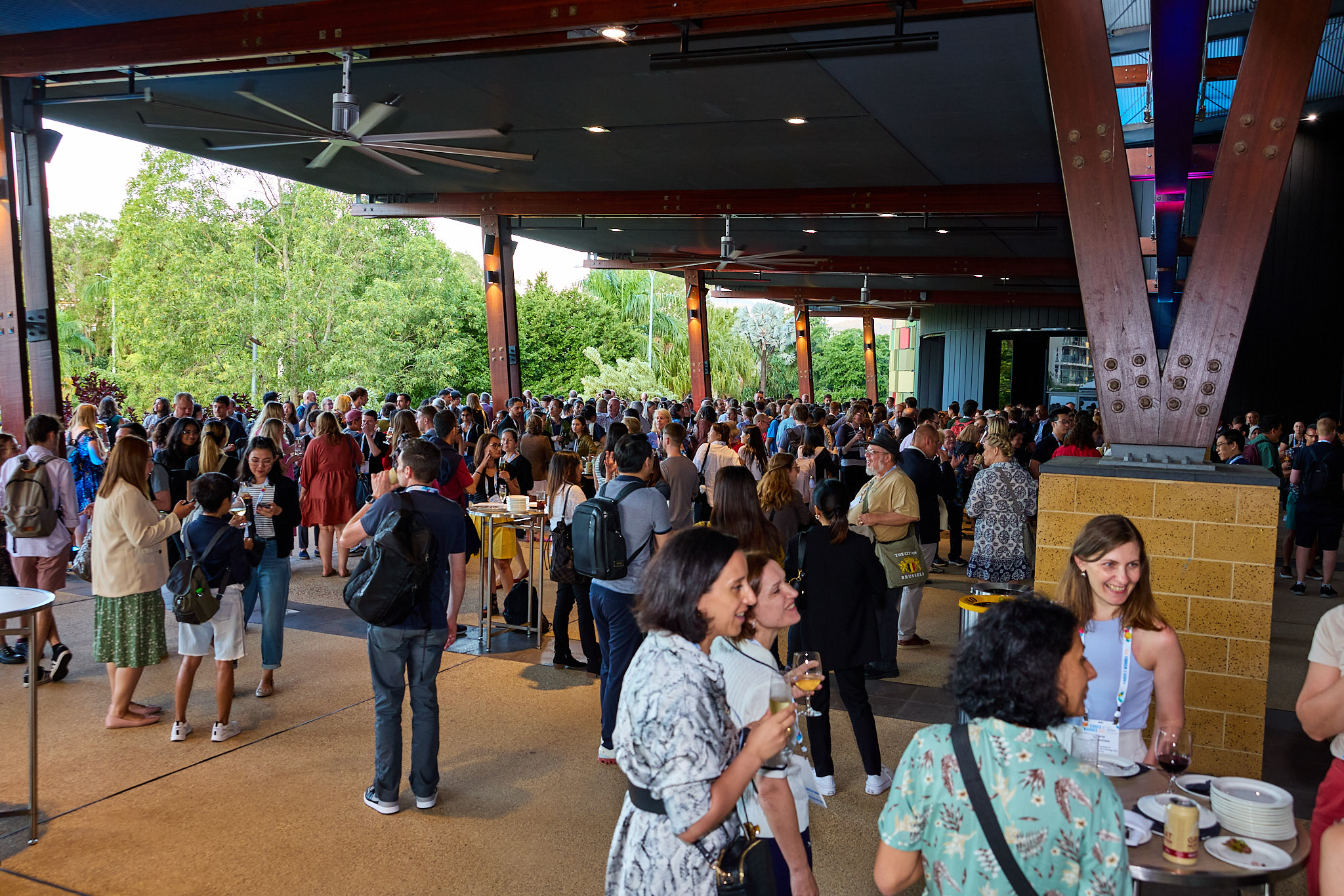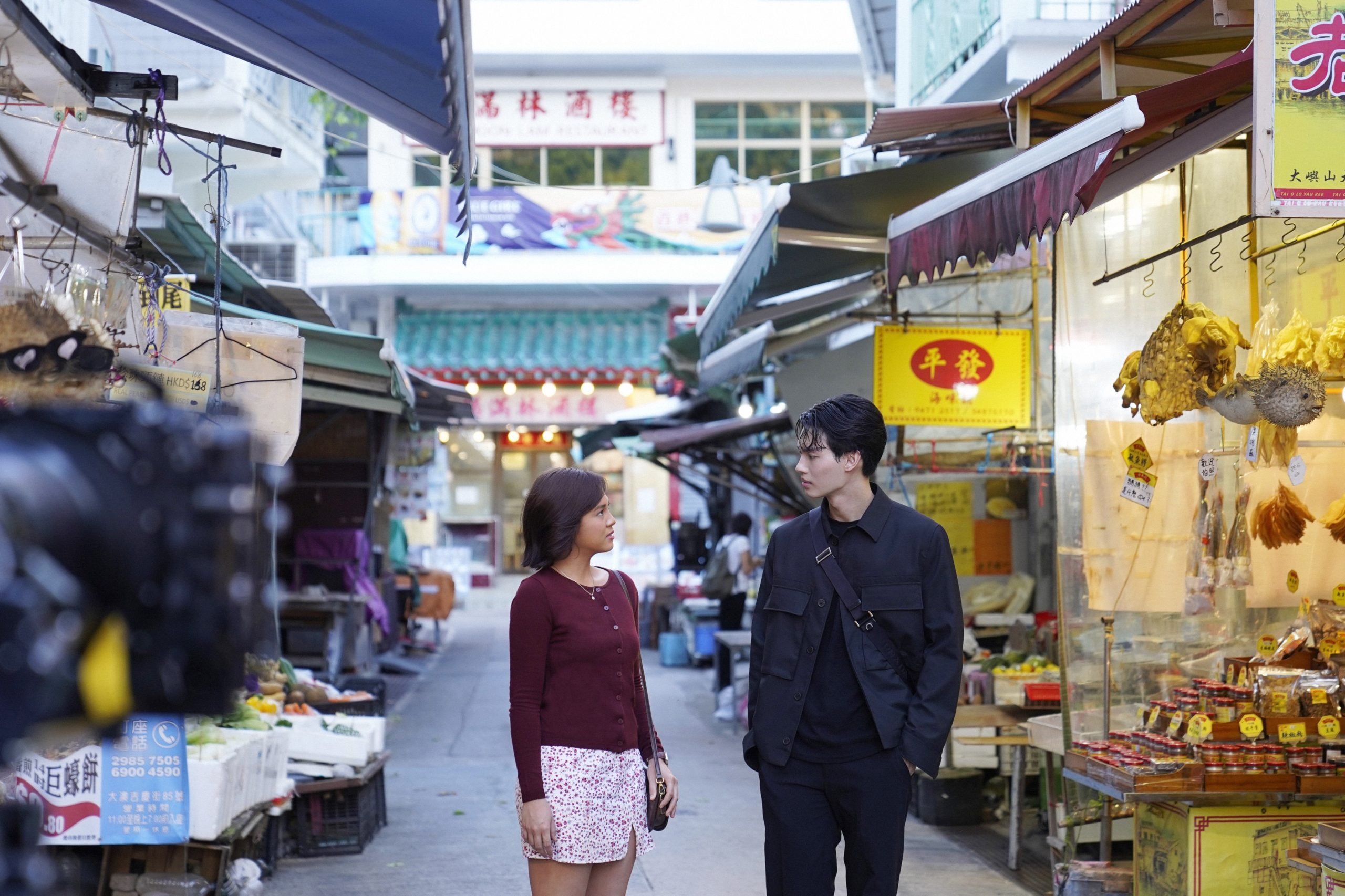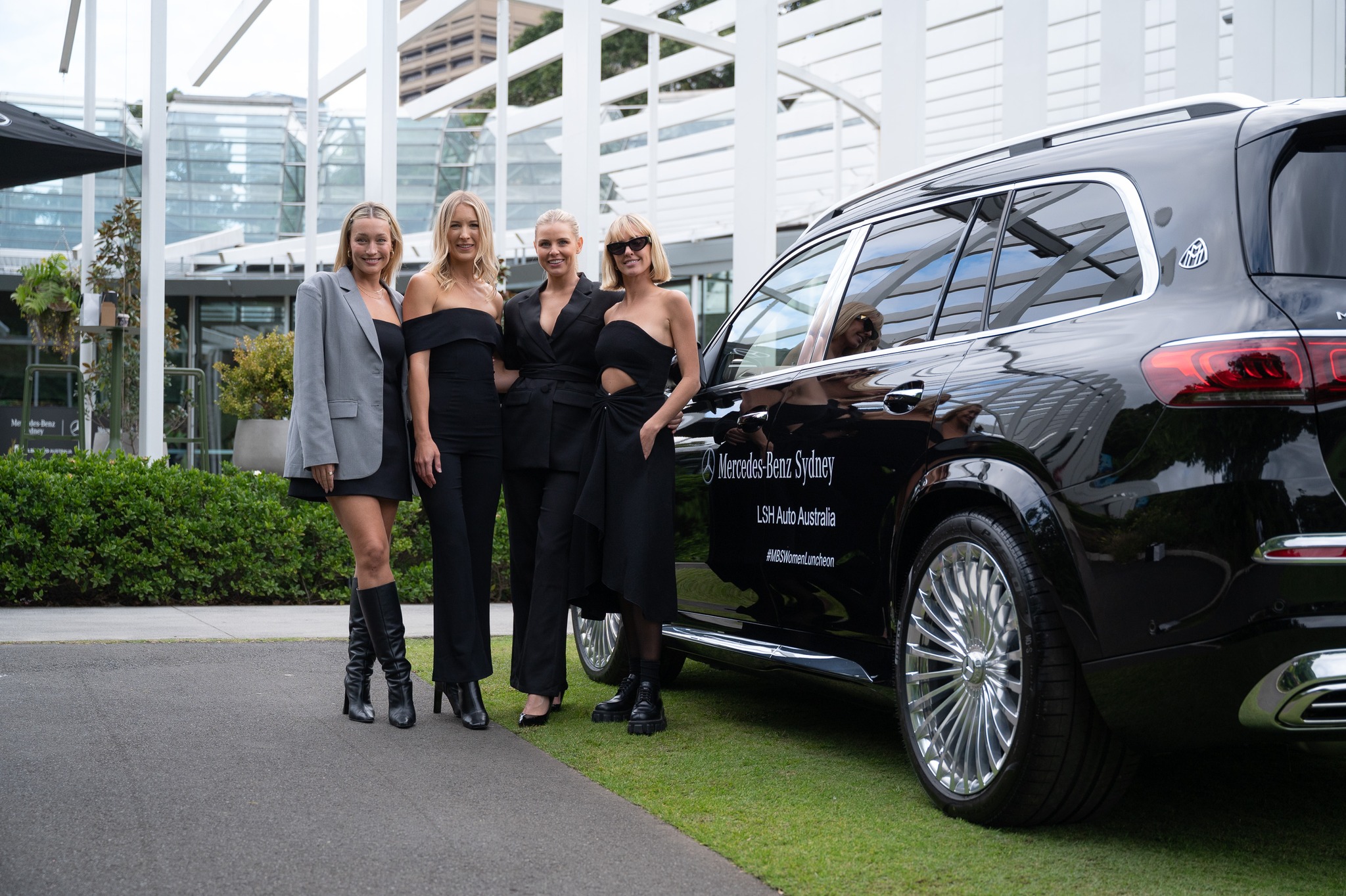Exposing the sunny side of Hokkaido – more commonly known as a mecca for winter ski enthusiasts – to a pack of boisterous Thai journalists, plus this Mix editor from Hong Kong, was a challenging task for the people at the Hokkaido Tourism Organization, given the island’s wealth of attractions.
Japan’s northernmost prefecture is a treasure trove of both natural and man-made wonders. It is surrounded by the invigorating waves of the Pacific Ocean, Sea of Japan and Sea of Okhotsk; marked by mighty mountain ranges, vast wetlands and serene lakes; and carpeted by prosperous farming areas – all co-existing with the modern charms of neatly laid-out cities such as the capital Sapporo, Asahikawa in the central region and Hakodate port in the southeast. With so much to offer, here’s merely a peek at our itinerary for the first three days.
Day 1: Afternoon arrival and start of itinerary

A buffet lunch showcasing local produce and ingredients is taken at Northern Horse Park (www.northern-horsepark.co.jp), a 50-hectare spread not far from Chitose International Airport, with manicured gardens ideal for strolling after a sumptuous meal. For the more activity inclined, there’s a choice of horseback riding, biking, tennis, archery or golf.
Then, it’s off to get to know Hokkaido’s first residents, the Ainu people. At the lakeside Shiraoi Porotokotan Ainu Museum (www.ainu-museum.or.jp), which replicates an Ainu village, a short but stirring cultural presentation is played out in a tiny atmospheric theatre underneath rows of dried fish hanging from the rafters. While the performers take pride in their unique culture and vividly printed traditional wear, they are keen to tell us they “live like you in regular apartments and have normal lives”.
Day 2: Furano Area

Like something out of a Grimm’s fairy tale, Ningle Terrace (www.furano-kankou.com) is a community of artisans fashioning their exquisite handicrafts in the middle of a leafy glade. From snowflake Christmas ornaments and scented candles to carvings of that beloved Japanese icon, the fox, you will want to buy up everything you see. As a courtesy, ask the owner-artist first before taking any pictures.
Soar above ski fields, now emerald green at the height of summer, on the Furano Ropeway cable car (www.furano-kankou.com) for an exhilarating ride to the peak where a panoramic view of Furano City awaits. The trails below beckon for a hike but alas, there is no time with more adventures ahead. The ride normally costs ¥1,800 (US$23), but in the hotter months, tourists just need to show their passports to get a round-trip freebie.
No journey around the Hokkaido countryside would be complete without sampling its famous Yubari melons and viewing the flower fields. At Farm Okudaira, groups can enjoy an “all-the-melons-you-can-eat” experience in a warehouse, as well as a walk through the melon beds. Farm Tomita (www.farm-tomita.co.jp) provides the quintessential photo op with rows of lavender, poppies, French marigolds and other blooms growing side by side on gently rolling hills, as well as a souvenir shop stocked with lavender-themed products. Flowerland Kamifurano (www.flower-land.co.jp) offers quickie craft classes such as making potpourri pillows and pressed-flower postcards, followed by a tractor ride around the farm. Panoramic Flower Gardens Shikisai-no-oka (www.shikisainooka.jp) is the day’s last stop but great fun nevertheless, because of the alpaca enclosure where you can feed hay to these perennially masticating beasts.
Day 3: Asahikawa and Sapporo

The Asahikawa Takasago Sake Brewery (www.asahikawa-grand.com), which for 113 years has been making Japan’s national drink, now sheds light on the process (without giving away too many secrets, of course) with highly informative factory tours, ending up in the gift store for a tasting of the company’s prime labels. More detailed sampling sessions can be arranged for sake connoisseurs in the adjacent function room.
All the ramen you can eat can be found at Ramen Yokocho (Ramen Alley) in Sapporo’s Susukino neighbourhood. The difficulty is choosing which of the 17 shops with their own signature items to settle on.
Eager to experience the adrenaline rush of Olympic ski jumpers before the big lunge forward? You can – sort of – at the top of Mt Okurayama (http://okura.sapporo-dc.co.jp), one of the venues of the 1972 Winter Olympics. By special arrangement, a group can be shown and pose for pictures at the actual point where the daredevil athletes launch themselves into mid-air before expertly plummeting to the ground below. The Sapporo Winter Sports Museum in the same complex features memorabilia from the historic Winter Games, as well as offering lots of virtual winter sports simulation activities. The entire venue can be rented out for a company day.
F&B sets including all the lamb (or other kinds of meat) you can eat and huge jugs of beer are the highlight of the Sapporo Beer Garden (www.sapporo-bier-garten.jp), next to a 19th century brick chimney that in the old days spewed smoke from the brewing operations below. Now, it’s an evocative reminder of the pioneering days of Sapporo’s agricultural and dairy industry.
Hokkaido deserves not just a first visit but a second, a third and many more before you can claim to have experienced all its charms.
CONTACT: Hokkaido Tourism Organization or City of Sapporo
TEL: +81 11 231 0941 (Hokkaido) or +81 11 211 3675 (Sapporo)
EMAIL: nakamori@visithkd.jp or maeda-M@plaza-sapporo.or.jp
WEBSITE: http://en.visit-hokkaido.jp or www.welcome.city.sapporo.jp
Margie T Logarta


